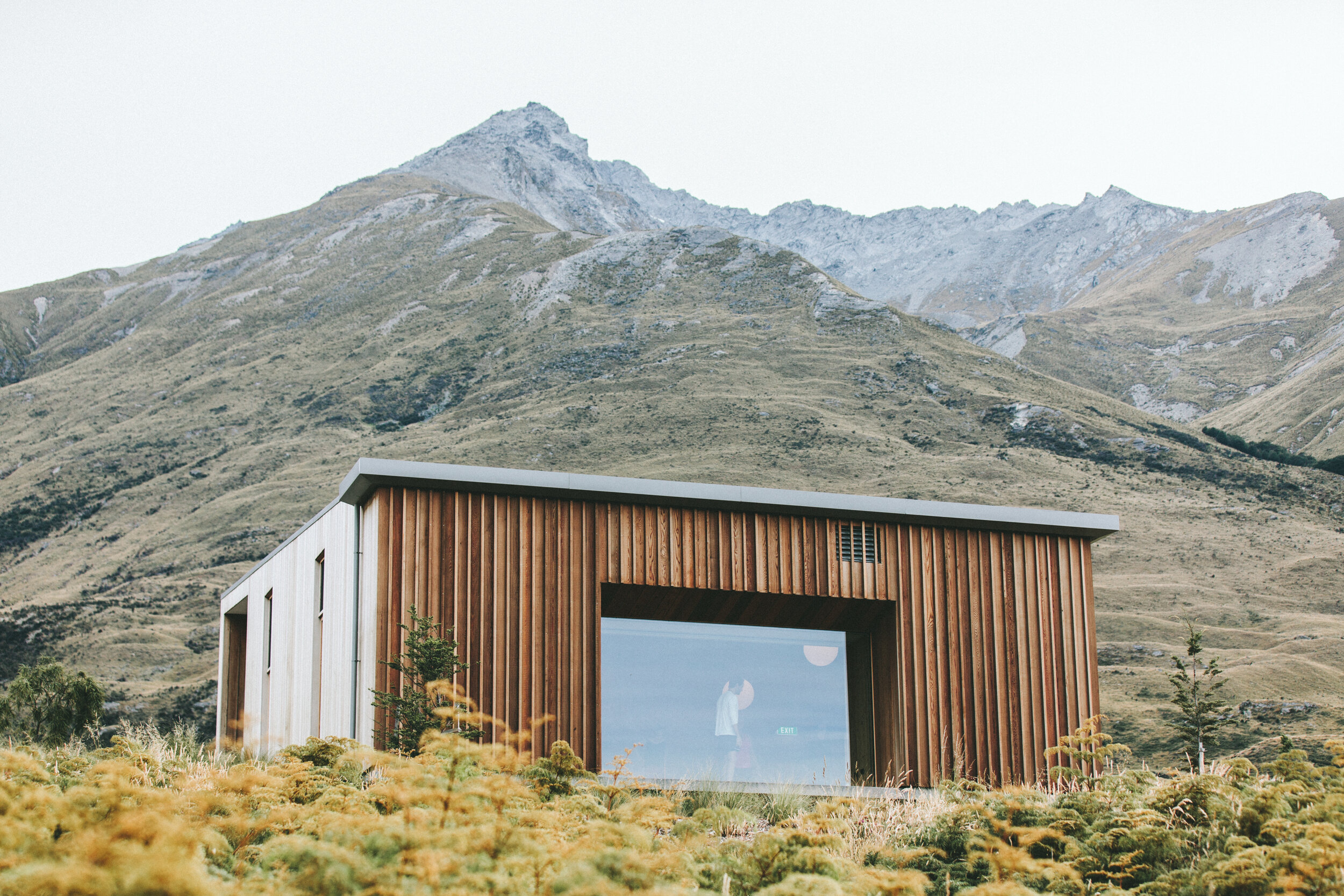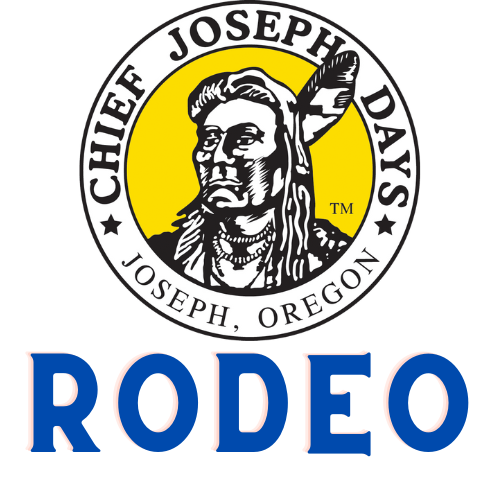
2022 Stock Contractor
Our services.
-

Saddle Bronc
Saddle Bronc Riding is called “the classic event of rodeo”, originating from the task of breaking wild horses for use on the cattle ranches of the Canadian and American West.
It has evolved for the rodeo arena and also become one of the most complicated events for the rodeo cowboy. It involves strength, timing and technique as the cowboy attempts to ride the bucking Bronc for eight seconds, holding onto only a thick reign attached to the horse’s halter.
He can only use one hand to work the reign and to help keep him on the saddle as he spurs the horse and tries to time his movements with the bronc’s bucking in order to score high points. The cowboy aims for controlled fluid movements as he tries to precisely time his movements with that of the horse. Ideally, he spurs the horse with his toes pointed outward, landing them on the Bronc’s shoulders as it’s front feet hit the ground, dragging the spurs along its shoulders as it bucks again.
The rider, then in sync with the horses bucking action swings his feet back to the point above the Bronc’s shoulders for the next jump. The Saddle Bronc rider faces a “mark out” rule, meaning both spurs must be above the Bronc’s shoulders until its feet hit the ground on the first jump from the chute. Failure in this means disqualification. Also, his free hand cannot make contact with the Bronc, his equipment or his body during his eight second ride.
-

Bareback Riding
Bareback riding, originating in the rodeo arena, is one of the most bone-jarring events of the rodeo and is often the toughest on the cowboy’s body with immense stress placed on the arm and back…but to score high points the cowboy has to look good while he’s punishing his body! The cowboy holds onto the bucking Bronc with one hand in a rigging that resembles a suitcase handle on a strap.
He has to hold on for eight seconds while spurring the horse. As with saddle Bronc riding, as the Bronc bucks the rider pulls his knees up dragging his spurs along the Bronc’s shoulders and as the horse’s front feet come back to the ground, he straightens his legs so the spurs connect above the horse’s shoulders, ready to do it again for the next jump.
As is the case with saddle Bronc, the rider must mark out his horse and his free hand must not touch his horse, equipment or body for the eight seconds. Bareback Bronc riders tend to receive more violent and less fluid and controlled rides than Saddle Bronc riders, and as a result they tend to do more long-term damage to their bodies than most other rodeo cowboys.
-

Tie Down Roping
Tie Down Roping’s roots can be found on the ranches of working cowboys and the skills are still in use today for catching and immobilizing calves. The calf is given a head start while the roper waits in “the box” behind a barrier.
If the roper leaves the box too soon, breaking the barrier, a ten second penalty is added to the roper’s time. The roper pursues the calf at speeds of up to 30 mph and attempts to throw his loop around the calf’s neck.
The roper’s partner, his well trained horse, plays a key role in achieving a fast roping time. Once the calf is roped the horse comes to a stop. As the roper dismounts, sprinting to the calf, the horse will help the roper by taking small backwards steps to take up any slack in the rope.
While his horse maintains tension on the rope, the roper then throws the calf on its side and uses a pigging string, which he carried in his teeth, to tie any three legs together. The roper remounts his horse, moving ahead giving back some slack in his rope and waits six seconds. If the calf breaks free the roper gets no time.
-
Steer Wrestling
Steer Wrestling, otherwise known as “Bulldogging”, is the fastest event in the arena. The Bulldogger, from his galloping horse, attempts to grab a running steer and wrestle it to the ground.
Like the roping events, the steer is given a head start and is followed by the wrestler and his Hazer. The Hazer’s job is to keep the steer from veering away. The wrestler reaches for the steer’s horns and swings his legs from behind him to in front as he comes off his horse, digging his heels into the dirt.
He tries to use the momentum of that maneuver and his strength to bring down the steer. The clock is stopped when the steer’s head, body and all four legs are on the ground.
All this action can take place in less than five seconds! As with roping, penalties apply if the wrestler leaves the box too soon in pursuit of his steer.
-
Team Roping
Team roping is the only rodeo event with two competitors at once: a “Header” and a “Heeler”. Skill, cooperation and good timing are essential in a successful run.
The steer is given a head start by a barrier that is released when the steer is at a given point in. If the header leaves too soon the barrier is broken resulting in a ten second penalty.
Once the steer is in the arena it is quickly followed by the Header and Heeler. The Header must rope the steer first, either around both horns, around one horn and the head or around the neck.
He then turns the steer to the left, exposing its hind legs to the pursuing Heeler. The Heeler then needs precision timing to rope both heels. W
Then the Header and Heeler have then taken up the slack in their ropes and have their horses facing each other, the clock is stopped. If only one heel is caught, the team faces a five second penalty.
-
Barrel Racing
In Barrel Racing, riders race their horses into the arena to run a cloverleaf pattern around three barrels and out again. The goal is to have the fastest time without knocking over a barrel. An electric eye connected with an electronic timer and a judge with a stopwatch record the time.
The rider is given a running start into the arena and her time begins once she passes the start line. It ends when she crosses it again, after running a long stretch back from the third barrel located at the opposite end of the arena.
The rider’s horse may touch and tip a barrel but knocking one over will add five seconds to her time. The RAM Rodeo circuit also features Junior Barrel Racing.
-
Bull Riding
Bull Riding pits a cowboy against a 2000 pound animal whose bucking is as unpredictable as its personality. The cowboy must hang on for eight seconds with one hand. In this case, it’s a flat, braided “bull rope” tied around the bull’s belly.
His riding hand is wrapped into the rope and he cannot touch himself or the bull with his free hand. Strength, flexibility, coordination and a strong mental attitude are just part of the skills a cowboy needs to successfully ride a bucking, spinning bull.
The Bull Rider receives points as the animal bucks but he is also judged on his ability to stay on the bull. Unlike Bronc Riding, the uglier the action of the bull, the more points a rider will score for being able to stay on.
Each bull is different with its own personality and traits for bucking hard, spinning and changing directions. A cowboy who hangs on in a spin or who can hang on while turning the bull left and right can gain a higher score.
It is in this sport where a cowboy is most likely to receive serious injuries. When the ride is over the danger remains as often, the bull comes back after the cowboy.
Rodeo Livestock
From PRCA’s website
In the sport of professional rodeo, cowboys share the limelight with the rodeo livestock. For a cowboy to compete at the highest level, the livestock also must be in peak condition. Both are athletes in their own right. The very nature of rodeo requires a working relationship, and in some events a partnership, between the cowboys and animal athletes.
Professional Rodeo Cowboys Association (PRCA) athletes value their animals, as do the PRCA stock contractors that provide the livestock for the rodeos. Like most people, PRCA members believe animals should be provided proper care and treatment. The PRCA and its members value their animals and staunchly protect them with specifically created rules.
Consistent proper treatment of animals by PRCA members – in and out of the arena – has been well documented by veterinarians who have witnessed the health and condition of the animals first hand.
Scottsdale, Arizona equine veterinarian Dr. Jennifer Schleining has this to say about the PRCA, “The PRCA upholds the standard of humane care of rodeo animal athletes, and in my professional opinion rodeo remains a healthy, humane, family oriented sport.”
Like a well-conditioned athlete, an animal can perform well only if it is healthy. Any cowboy will tell you he takes home a paycheck only when the animal is in top form. Stock contractors, the ranchers who raise and provide livestock to rodeos, also have an obvious financial interest in keeping the animals healthy. Simple logic dictates that no sensible businessperson would abuse an animal that is expected to perform in the future.
Many – if not most – of the PRCA’s approximately 10,000 members have more than an economic tie to animals. Nearly all have lived and worked around animals for most of their lives, and they possess a high degree of respect and fondness for the livestock.
Hundreds of veterinarians compete in professional rodeo.
“I think they participate because they have a deep interest in animals,” said Doug Corey, a Pendleton, Ore., veterinarian. “If there was any mistreatment going on, they wouldn’t participate.”
Anyone who attends a PRCA rodeo can be assured that the greatest care has been taken to prevent injury to animals or contestants.
PRCA members are bound by the not-for-profit corporation’s bylaws and rules, which include a section that deals exclusively with the humane treatment of animals. The association’s rules and regulations include more than 60 rules dealing with the care and treatment of animals. Anyone who violates these rules may be disqualified and reported to the PRCA, which will levy fines.
Professional rodeo judges, who are responsible for the enforcement of all PRCA rules, believe in these humane regulations and do not hesitate to report violations. Becoming a PRCA judge involves extensive training in the skills needed to evaluate livestock and testing of that knowledge and of the rodeo. PRCA rodeo judges undergo constant training and evaluation to ensure their skills are sharp and that they are enforcing PRCA rules, especially those regarding the care and handling of rodeo livestock.
Animal welfare is a major and ongoing initiative of the PRCA. Not only does the association have rules to ensure the proper care and treatment of rodeo livestock, but it also has several veterinary advisory panels and periodically hosts educational seminars for veterinarians and rodeo industry members. To coordinate its animal welfare efforts, the PRCA employs a full-time animal welfare coordinator to oversee internal and public education programs.
For more information on the care and handling of rodeo livestock click here or call (719) 593-8840.

